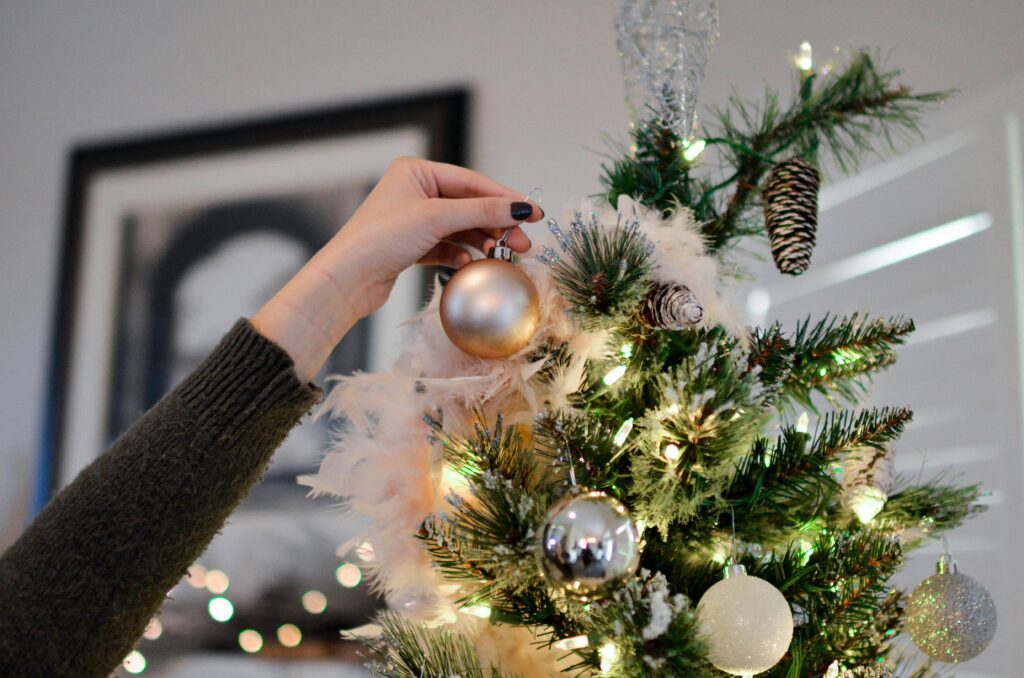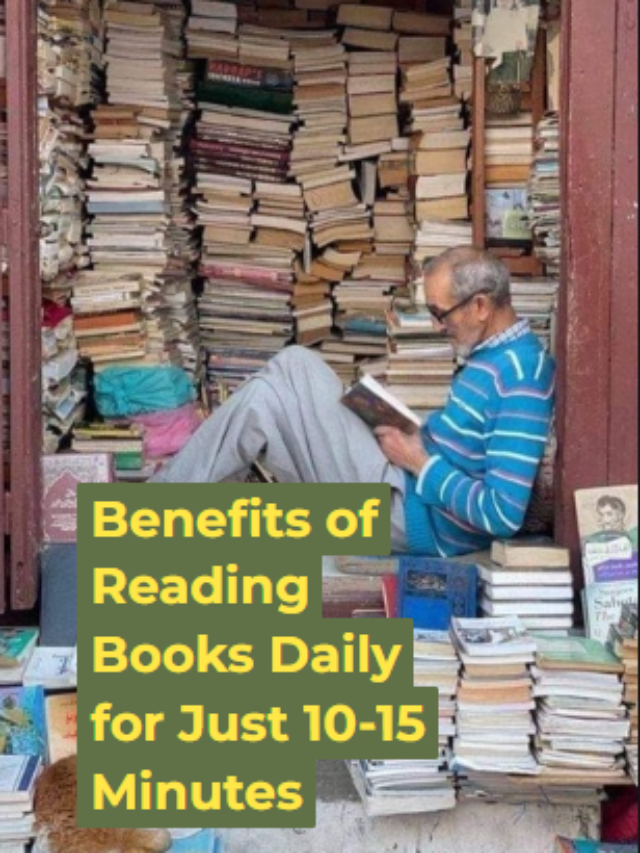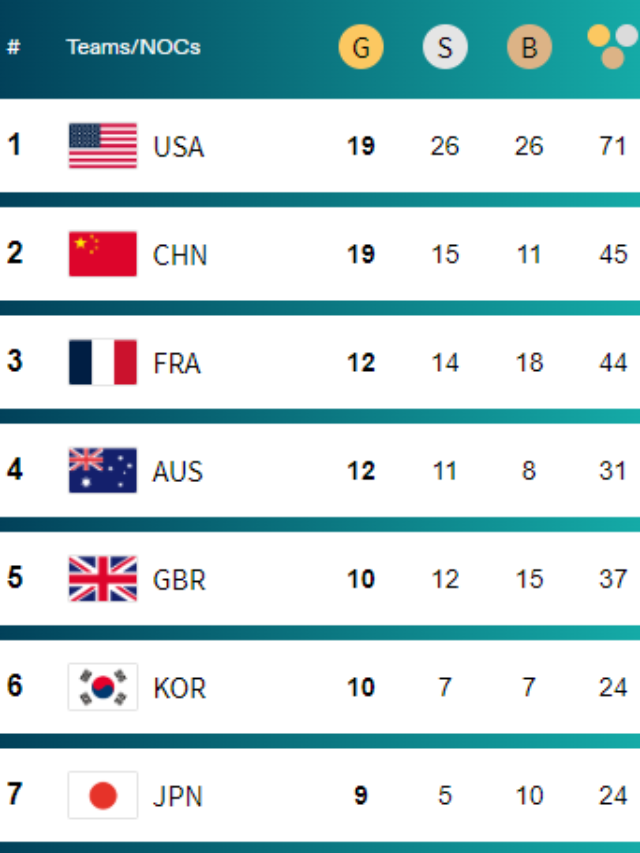<html lang=”en-Us”‘>
Christmas is a time of warmth, joy, and togetherness. It’s a season full of beloved traditions, decorations, and thoughtful gestures that bring us closer to loved ones. From the twinkling lights on the Christmas tree to the fun of wearing an ugly Christmas sweater, there are countless ways to get into the holiday spirit. Whether you’re baking Christmas tree cakes or sending out Minted Christmas cards, each small act is a reminder of what makes this season so special.

The Heart of Christmas: The Christmas Tree
At the core of every Christmas celebration is the Christmas tree. The scent of pine, the sparkle of ornaments, and the glow of lights all come together to create a beautiful centerpiece for holiday gatherings. Whether you choose a real tree or opt for an artificial Christmas tree for convenience, the act of decorating it becomes a cherished family tradition.
Artificial Christmas trees are a popular choice for many, offering a fuss-free option that lasts for years. They can be easily set up, and with advancements in design, they look incredibly realistic. Plus, they save you the trouble of watering and cleaning up pine needles. However, for those who love the smell of fresh greenery and the experience of selecting a tree together, a real tree remains a holiday favorite.
Lighting Up the Holidays: Christmas Lights
What would Christmas be without the magical glow of Christmas lights? From simple string lights to elaborate displays that cover entire homes, these festive lights bring a sense of wonder to every neighborhood. Hanging lights on the tree is a classic tradition, but many families also decorate their homes, bushes, and even fences with glowing lights, creating a winter wonderland right outside their doors.
The Fun of Christmas Decorations
As the holiday season approaches, it’s time to break out the Christmas decorations. These can range from the nostalgic to the whimsical. Santa figurines, wreaths, garlands, and festive table settings all add to the charm of Christmas. But let’s not forget the unique touches that make your home truly yours – a personalized ornament, a favorite holiday-themed dish towel, or the beloved ugly Christmas sweater hanging in the closet, ready to make an appearance at the next family gathering.
The ugly Christmas sweater has become a fun tradition in many homes, bringing laughs and a little competition for the most outrageous designs. From bright colors to over-the-top embellishments, these sweaters bring a lighthearted spirit to holiday parties and family gatherings. It’s a reminder that Christmas is as much about fun and togetherness as it is about tradition.
Sweet Treats for the Season: Christmas Tree Cakes & Gifts

No Christmas celebration is complete without a sweet treat to enjoy with family and friends. Christmas tree cakes are a delightful favorite – soft, frosted cakes shaped like miniature Christmas trees. They’re perfect for sharing around the table or giving as a gift. Whether homemade or store-bought, these little cakes bring a smile to anyone with a sweet tooth, adding a festive touch to your holiday spread.
A Personal Touch: Sending Christmas Cards
One of the most thoughtful ways to spread holiday cheer is by sending Christmas cards. While digital greetings have become more common, the act of sending a physical card still holds special meaning. Minted Christmas cards offer a wide variety of beautifully designed options that make your message even more personal. Whether you choose a simple, elegant design or a more playful one featuring family photos, these cards are a perfect way to share your love and good wishes with those near and far.
Writing a heartfelt message inside the card, reflecting on the year gone by and expressing gratitude for the people in your life, can truly capture the spirit of the season. Receiving a handpicked card in the mail can brighten someone’s day, making Christmas feel just a little bit more special.
The Spirit of Christmas: Bringing it All Together
Christmas is a time to come together, celebrate, and cherish the people who matter most. From decorating your Christmas tree with sparkling lights and festive ornaments to wearing your most outrageous ugly Christmas sweater, it’s the little things that make this season unforgettable. As you send out your Minted Christmas cards and share Christmas tree cakes with loved ones, remember that the magic of Christmas is not just in the decorations, but in the love, laughter, and memories you create.
Christmas: Origin, Definition, Traditions, History, & Facts
Christmas is one of the most widely celebrated holidays in the world, marked by joy, giving, and togetherness. While the holiday has evolved over time, its core values of love, generosity, and goodwill remain central to the celebration. Below is an overview of the origin, definition, traditions, history, and fun facts surrounding this beloved holiday.
Origin and Definition of Christmas
Christmas, which falls on December 25th, is a Christian holiday that commemorates the birth of Jesus Christ. The word “Christmas” comes from the Old English term Cristes Maesse, meaning “Christ’s Mass.” It is a time when Christians gather to celebrate the birth of their savior, but over time, Christmas has become a global cultural celebration enjoyed by people of many different faiths and backgrounds.
While its religious significance remains central for Christians, the festive aspects of the holiday — including gift-giving, feasts, and decorations — have evolved to encompass a broader celebration of family, kindness, and community.
History of Christmas
The celebration of Christmas has a rich history that stretches back over two millennia, with many elements of the modern holiday being influenced by various cultures, traditions, and customs.
- Early Beginnings: The exact date of Jesus’ birth is not known, but by the 4th century, the Christian Church officially adopted December 25th as the date to celebrate Christ’s birth, likely to coincide with pre-existing pagan festivals such as the Roman festival of Saturnalia, which was held in late December. This helped Christians transition from pagan traditions to Christianity while still honoring the winter solstice, a time of light and rebirth.
- Medieval Christmas: In medieval Europe, Christmas was marked by church services, feasts, and revelry. The period between Christmas and New Year’s Day was often a time for merrymaking and the exchange of gifts.
- Victorian Influence: Many of the Christmas traditions we know today, such as decorating a tree and sending Christmas cards, were popularized during the Victorian era in the 19th century. Queen Victoria and Prince Albert of England are credited with making the Christmas tree a central part of the holiday celebration, after Albert introduced the custom of decorating a tree in Windsor Castle. Charles Dickens’ A Christmas Carol (1843) also played a major role in shaping the modern understanding of Christmas, emphasizing the values of generosity, kindness, and the spirit of giving.
- Modern Day Christmas: In the 20th and 21st centuries, Christmas has become a global phenomenon with both secular and religious aspects. It is celebrated with Christmas trees, lights, parties, shopping, and festive meals. Santa Claus, based on the Dutch figure Sinterklaas and influenced by various folklore traditions, became an iconic figure in Western Christmas celebrations.
Christmas Traditions
Christmas traditions vary around the world, but many involve shared practices such as decorating, feasting, and giving gifts. Here are some of the most popular traditions associated with Christmas:
- Christmas Trees: One of the most recognized symbols of Christmas, the tradition of decorating a tree dates back to 16th-century Germany. People decorate their trees with lights, tinsel, ornaments, and sometimes edible treats like candy canes and popcorn strings.
- Gift-Giving: The exchange of gifts at Christmas symbolizes the gifts given to the baby Jesus by the Wise Men. In modern times, gift-giving is a central part of the holiday and is often accompanied by family gatherings and holiday shopping.
- Santa Claus: Based on the historical figure of St. Nicholas, Santa Claus, or Father Christmas, is a jolly figure who delivers presents to children on Christmas Eve. His image was popularized in the 19th and 20th centuries, especially in Western cultures, thanks to writers, artists, and Coca-Cola advertisements.
- Christmas Cards: Sending Christmas cards is a tradition that started in the UK in the 19th century. The first Christmas card, designed by John Calcott Horsley in 1843, depicted a family celebrating together and spread the message “A Merry Christmas and a Happy New Year to You.”
- Feasts and Food: Christmas meals vary by country but often include rich dishes like roast turkey, ham, pies, and Christmas puddings. In many countries, families gather for a special meal on Christmas Eve or Christmas Day.
- Caroling: Singing Christmas carols is a time-honored tradition, with groups of people going door-to-door to sing festive songs to spread holiday cheer. Carols have roots in medieval Europe and continue to be an important part of Christmas celebrations.
Fun Facts About Christmas
- Christmas and the North Pole: The idea that Santa Claus lives at the North Pole comes from 19th-century American literature and popularized by artists like Thomas Nast, who created illustrations of Santa’s home in the icy northern regions.
- The First Christmas Card: The first Christmas card ever printed was designed by John Calcott Horsley in 1843, and it featured a family celebrating Christmas together, which was controversial at the time for its depiction of drinking and socializing.
- Christmas in Different Countries: While Christmas is widely celebrated around the world, the traditions vary greatly. In Italy, children celebrate with a visit from La Befana, a witch who brings gifts on Epiphany (January 6). In Japan, Christmas is often associated with romantic dinners and the exchange of gifts, rather than religious observance.
- The Christmas Stocking Tradition: The tradition of hanging stockings comes from the legend of St. Nicholas, who, according to the story, tossed gold coins down a chimney into the stockings of three poor sisters, helping them avoid a life of servitude.
- Christmas Day vs. Boxing Day: In many parts of the world, December 26th, the day after Christmas, is celebrated as Boxing Day. Originally, this was a day for giving to the less fortunate, where the wealthy would give gifts to servants and tradespeople. In modern times, it’s associated with sales and sports events.
So, let your home shine with the glow of Christmas lights, fill your heart with the warmth of traditions, and embrace the joy of this wonderful season. After all, Christmas is not just a holiday – it’s a feeling that stays with us long after the decorations come down.










Pingback: The Magic of Christmas: Celebrating the Holiday Season with Christmas Tree Decorations, Traditions, and More – Ads4Story